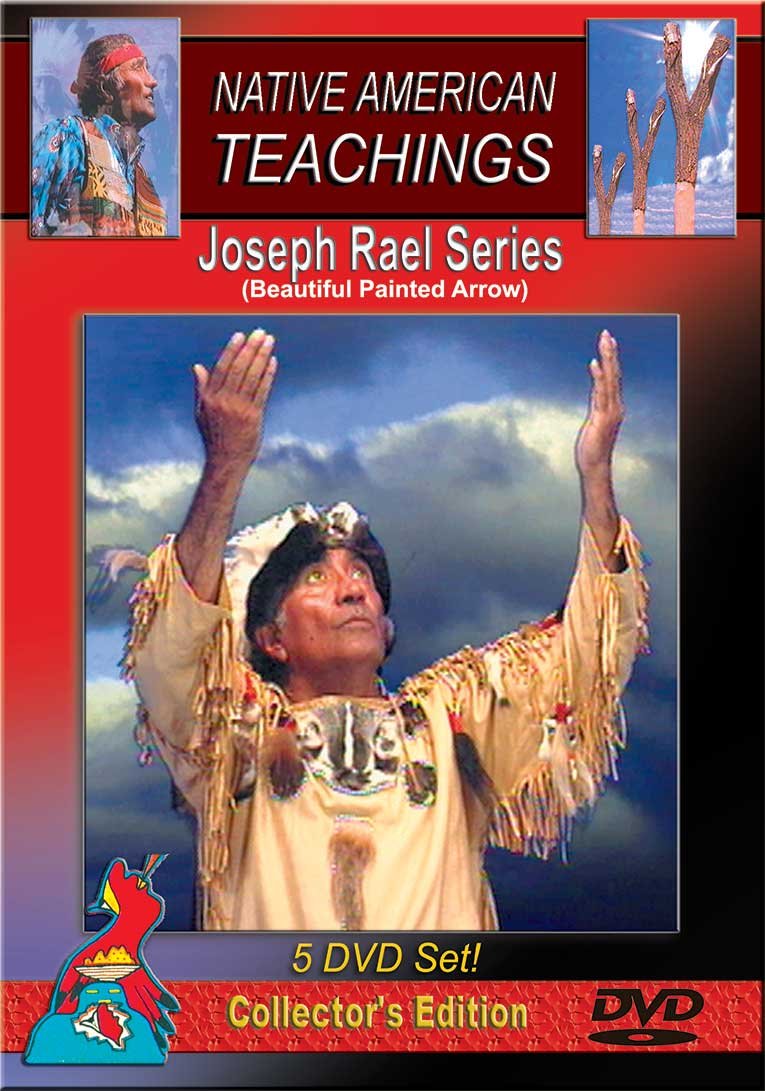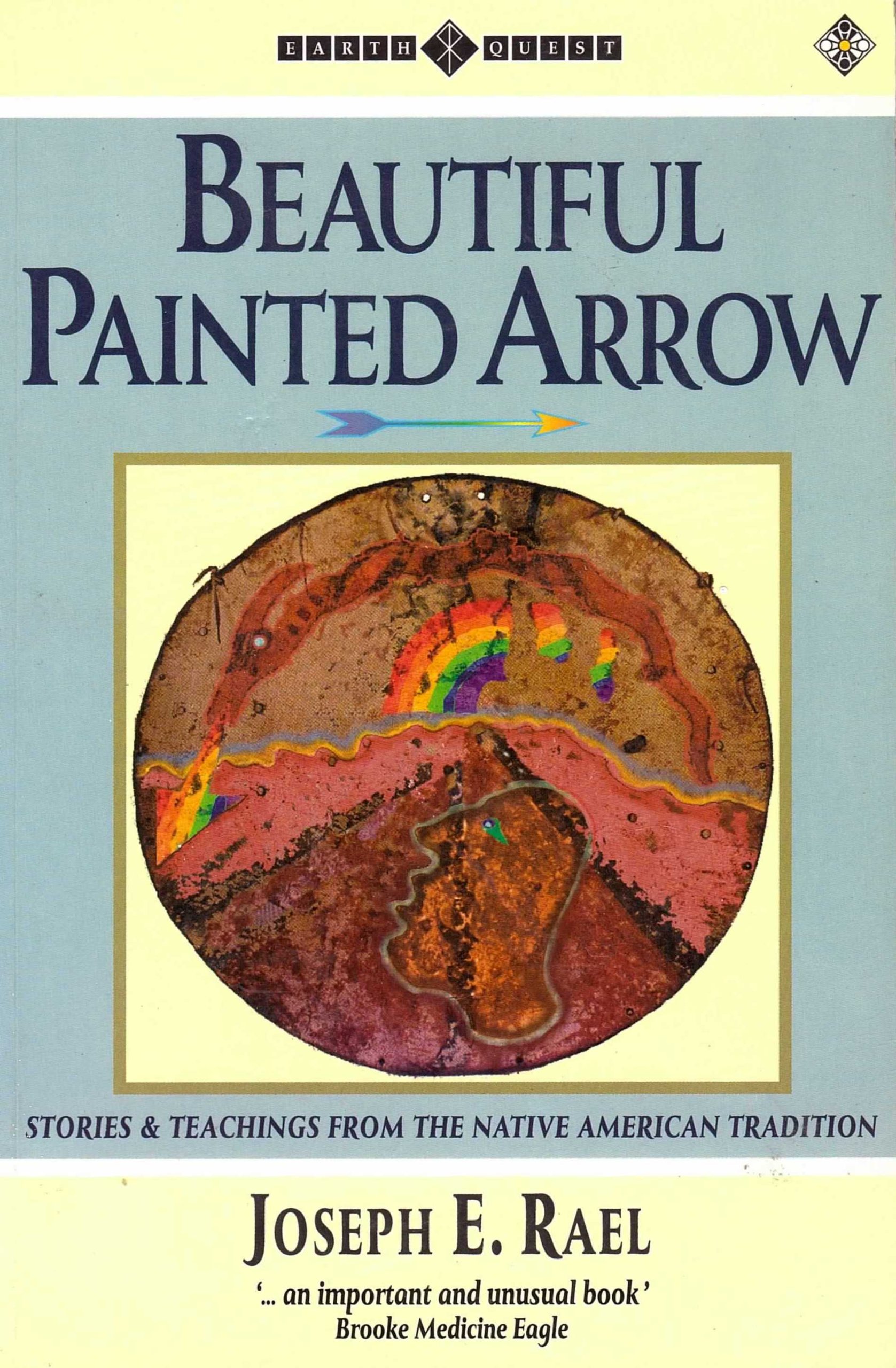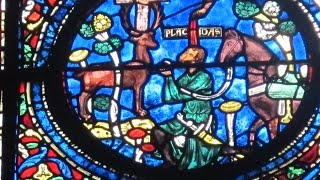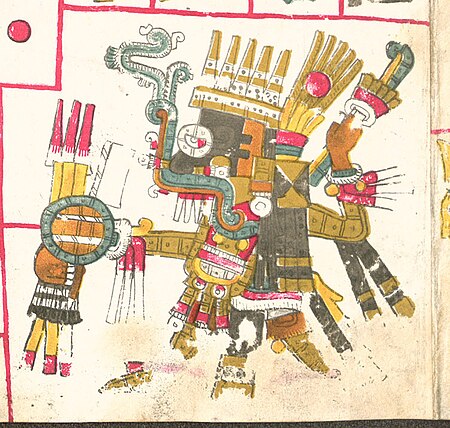BeesAir7
Member
From what I gathered Aztecs were scarifying humans, spanish came over and killed most, converted the rest to Catholic faith.
The question we must ask was the Aztec Empire, were the leaders real Deitys that gave up humans to the sun? The video below explains, please WATCH THAT SHAMAN
Between 1519 and 1521, Spanish conquistadors, led by Hernán Cortés, overthrew the Aztec Empire. This event is called the Spanish conquest of the Aztec Empire. Cortés helped old enemies of the Aztecs defeat them in one of the most important events in the Spanish colonization of the Americas.
This Shaman was quite scared of certain beings being one with christ.
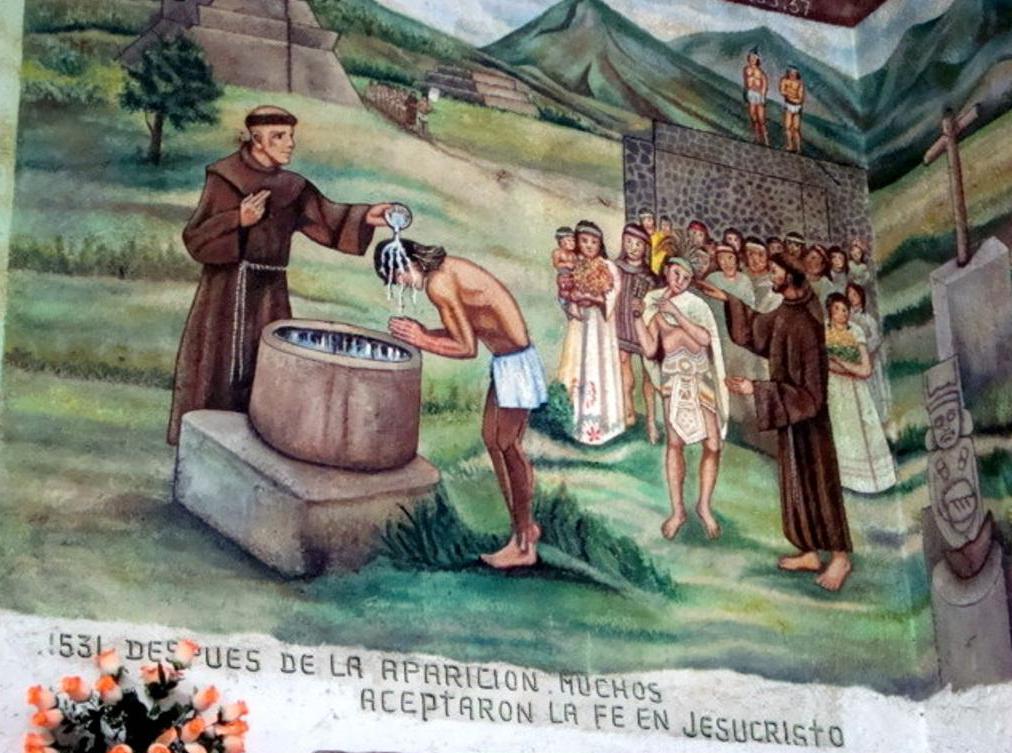
The question we must ask was the Aztec Empire, were the leaders real Deitys that gave up humans to the sun? The video below explains, please WATCH THAT SHAMAN
Between 1519 and 1521, Spanish conquistadors, led by Hernán Cortés, overthrew the Aztec Empire. This event is called the Spanish conquest of the Aztec Empire. Cortés helped old enemies of the Aztecs defeat them in one of the most important events in the Spanish colonization of the Americas.
This Shaman was quite scared of certain beings being one with christ.

Last edited:

